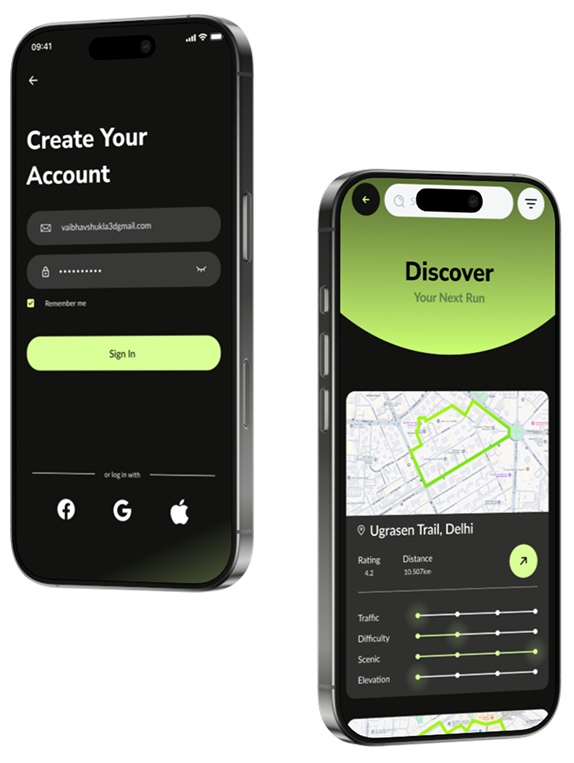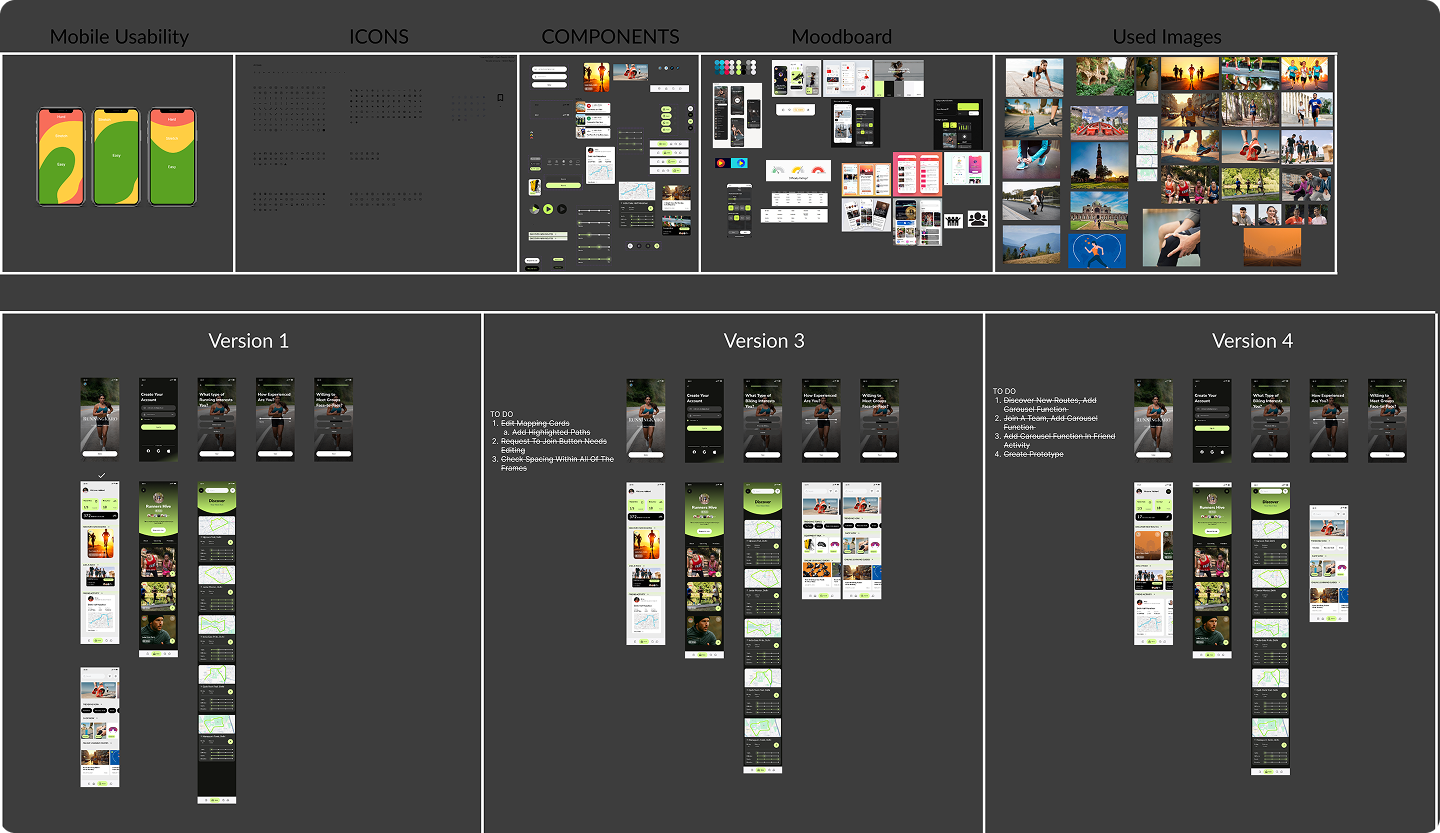
UX Case Study
A personalized mobile experience built for runners of all types – from casual joggers to competitive athletes.
Duration: 2 Weeks Tools: Figma, Lucid, Adobe Photoshop
A personalized mobile experience built for runners of all types – from casual joggers to competitive athletes.
Duration: 2 Weeks Tools: Figma, Lucid, Adobe Photoshop









Throughout this project, I demonstrated end-to-end product ownership — from identifying user needs and analyzing competitors to defining clear personas, prioritizing features, and aligning them with business goals. I applied structured problem-solving to distill insights into actionable solutions, crafted a scalable product vision, and collaborated across disciplines using low- and high-fidelity design prototypes. Continuous user testing guided data-informed iterations, while roadmap thinking and MVP scoping ensured a lean yet impactful product direction. This case highlights my ability to balance user empathy with strategic execution — a critical trait for modern product management.